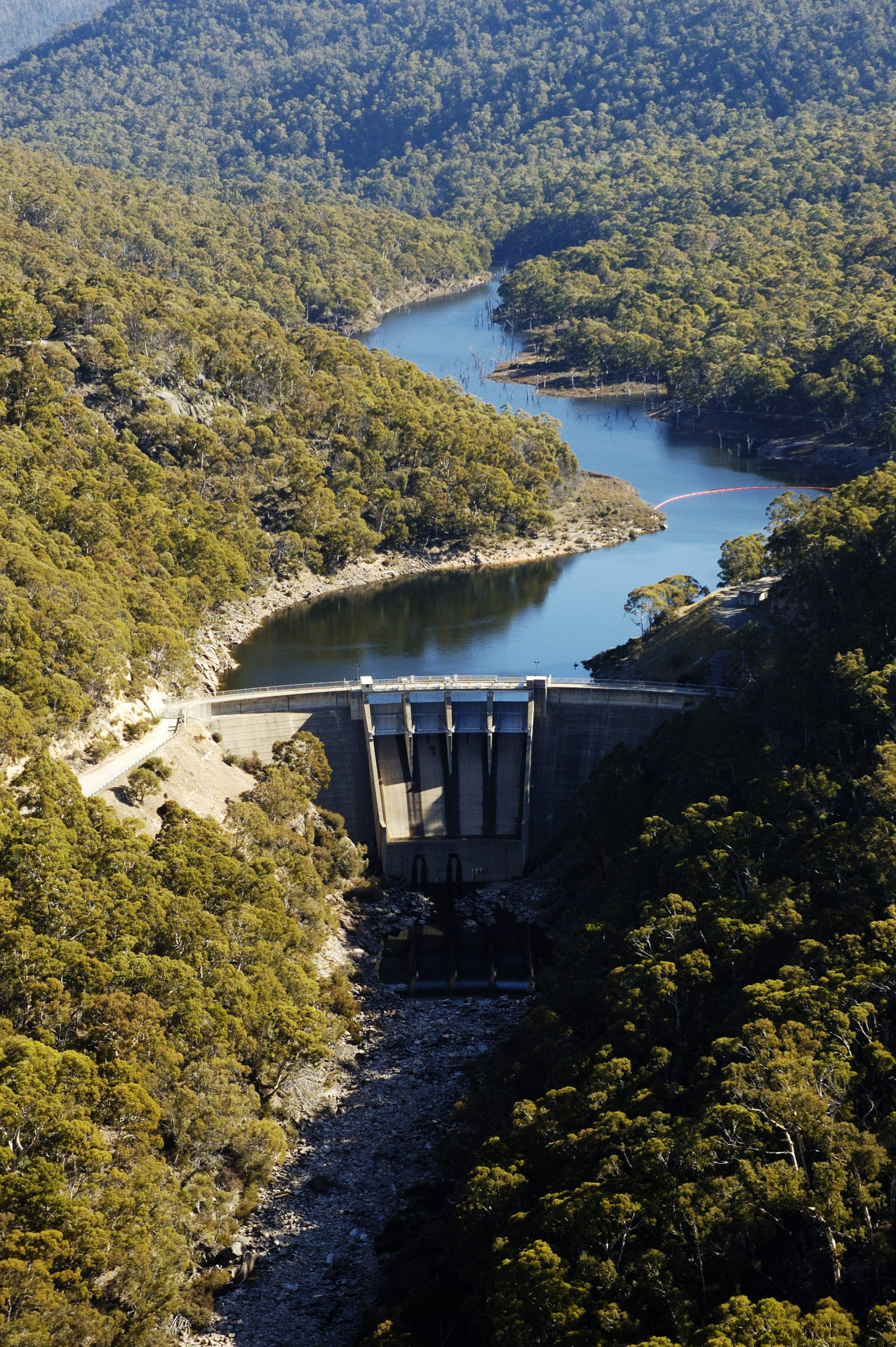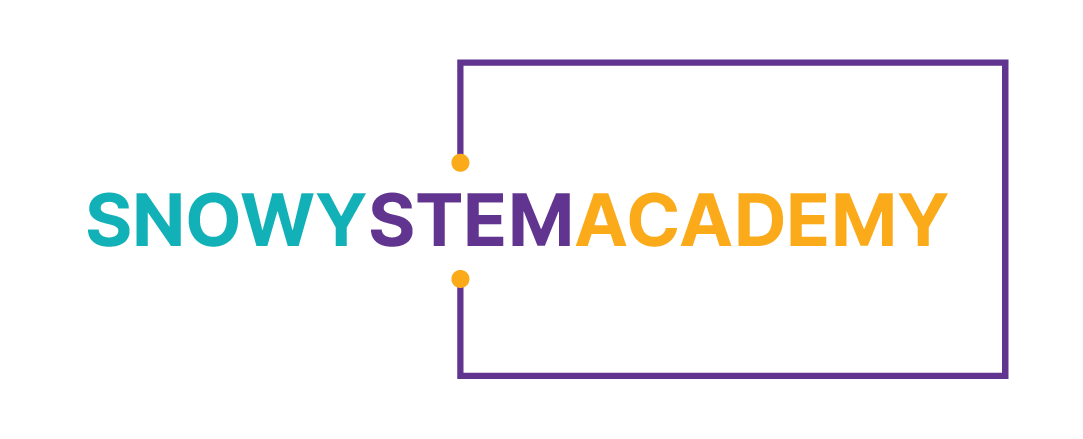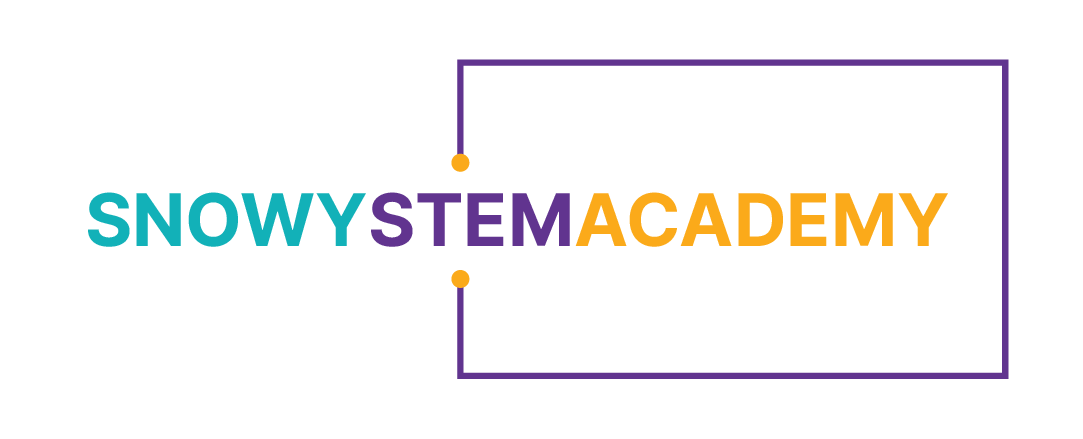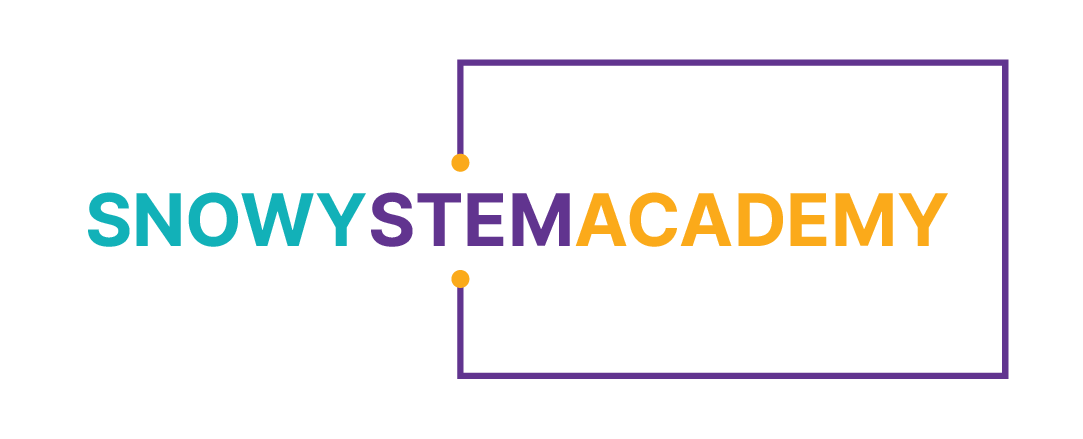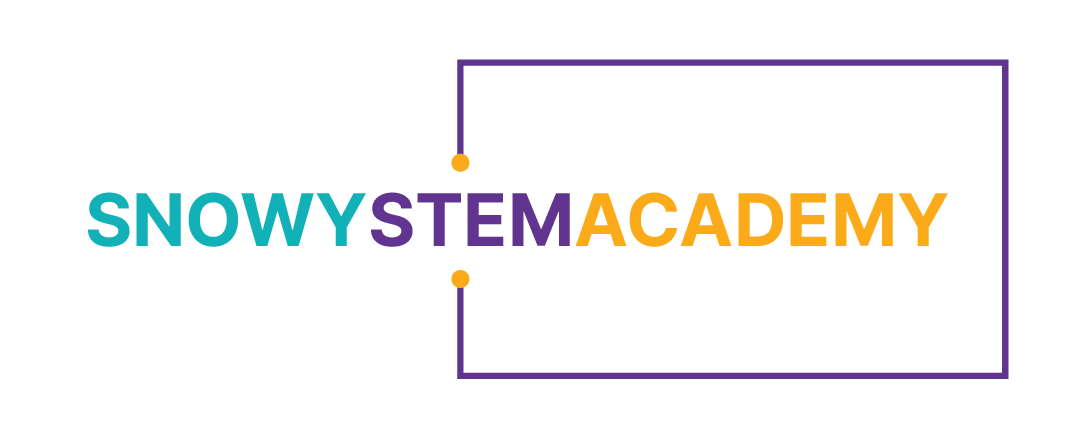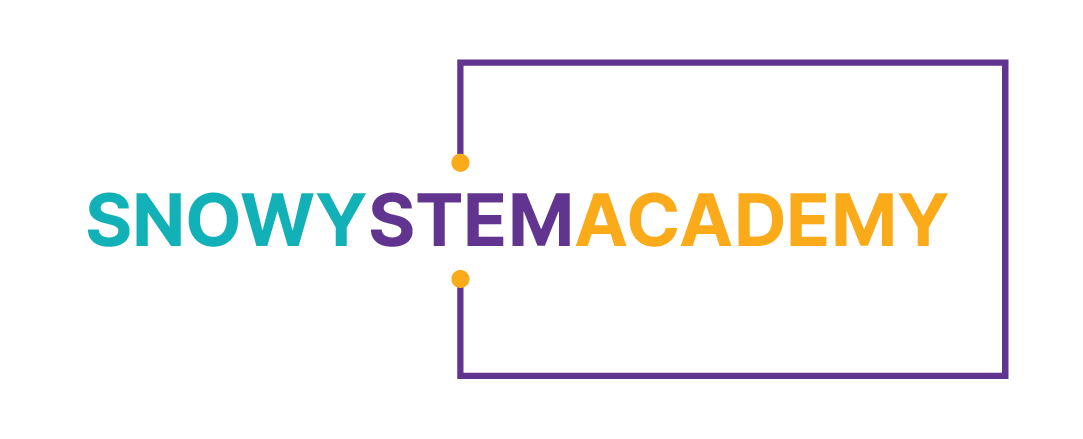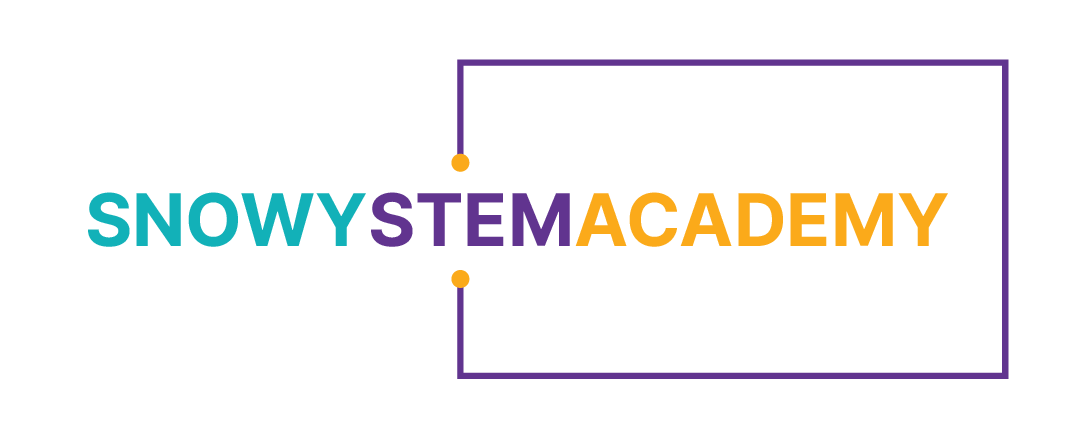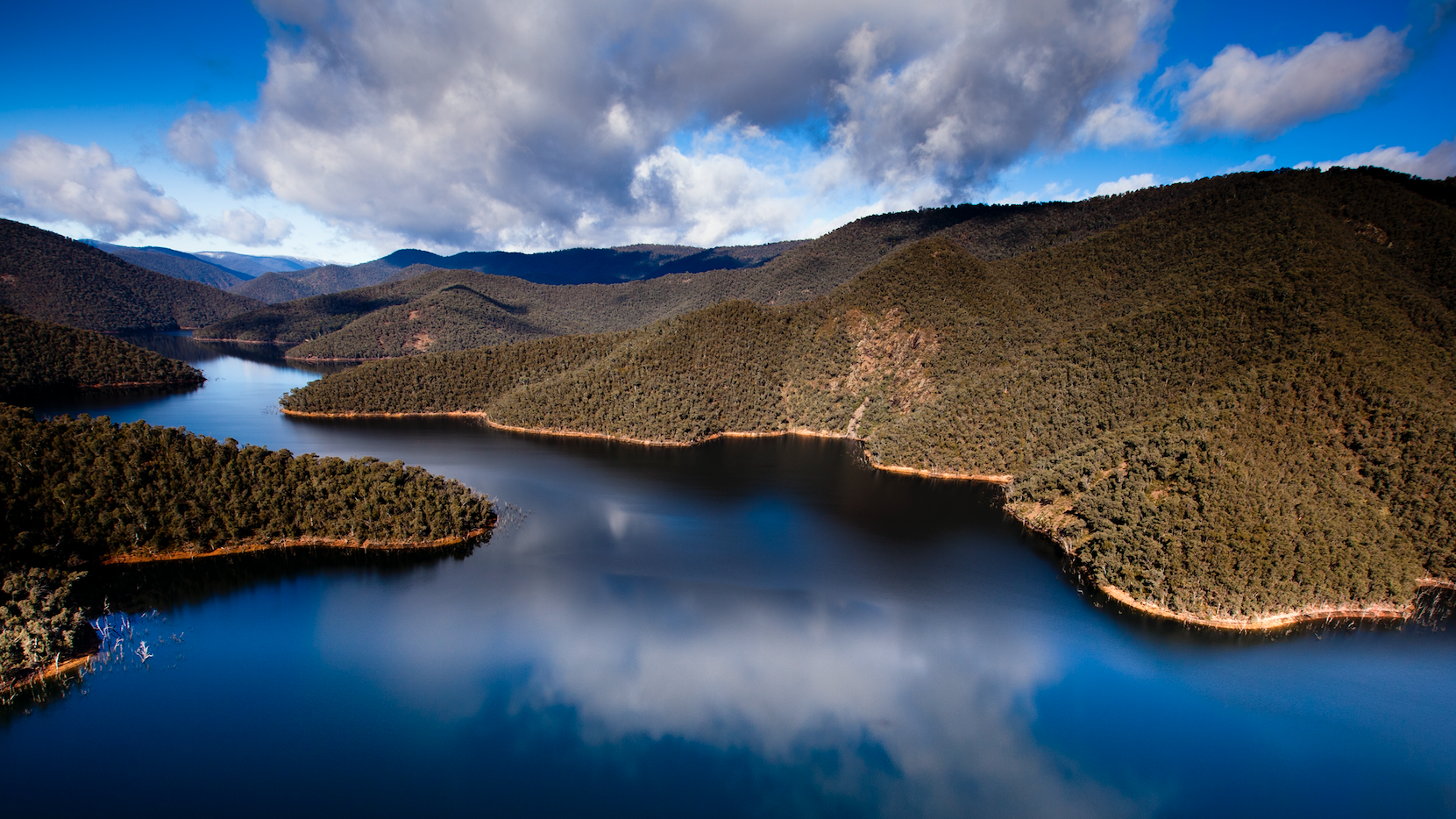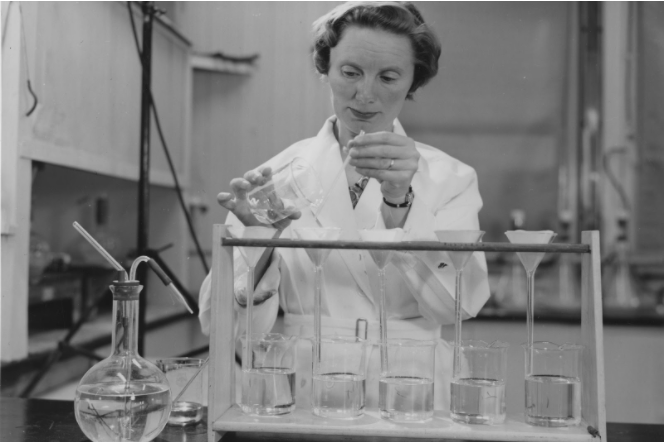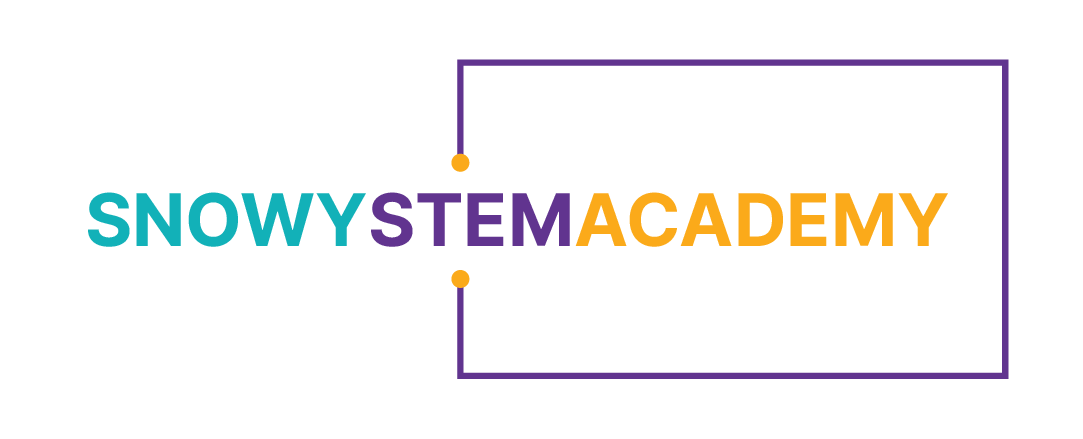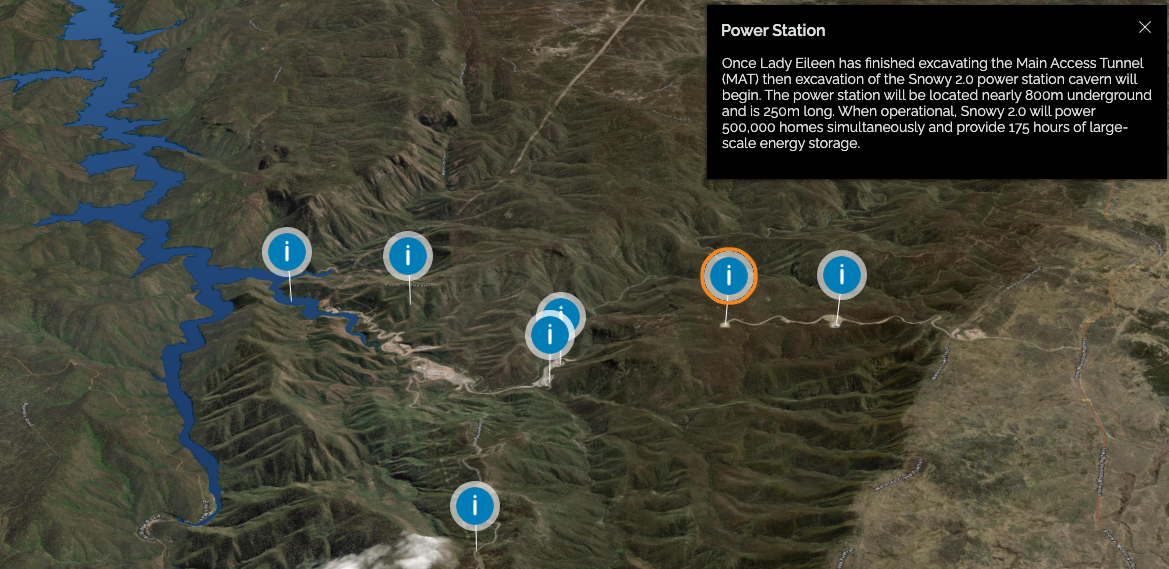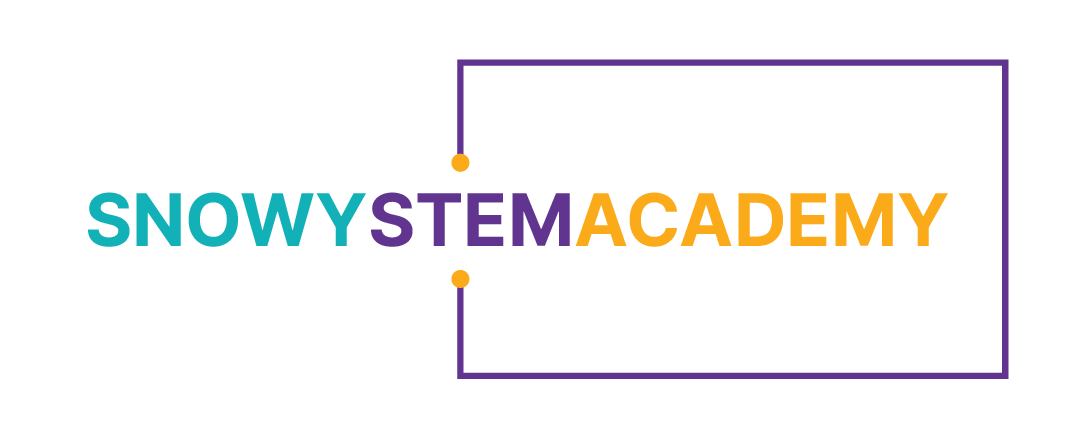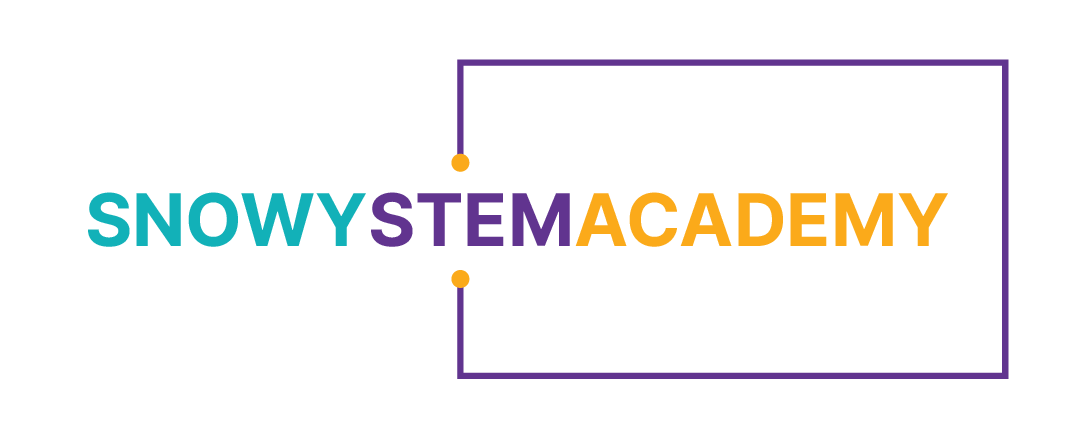Going underground
Learn more about the reasons for tunnel boring and going underground as Dr. Kirsten and Cameron showcase the power station.
Go 366 metres underground in Tumut 1 Power Station with Dr. Kirsten and Manager Plant Engineering, Cameron.
To get underground, there were many iterations of machinery. Currently, Snowy Hydro’s project Snowy 2.0 uses a few different Tunnel Boring Machines (TBMs).
Key information
Learning area: STEM
Suitable for: year 5-8 classrooms
Topics: engineering, technology, physics
Duration: 1 x 45min lessons
Preparation: none
Materials: none

Resources
Fact sheets
Our 3 TBMs and the women they’re named after
This unit is currently undergoing a curriculum mapping refresh. Thank you for your patience while this is updated.

